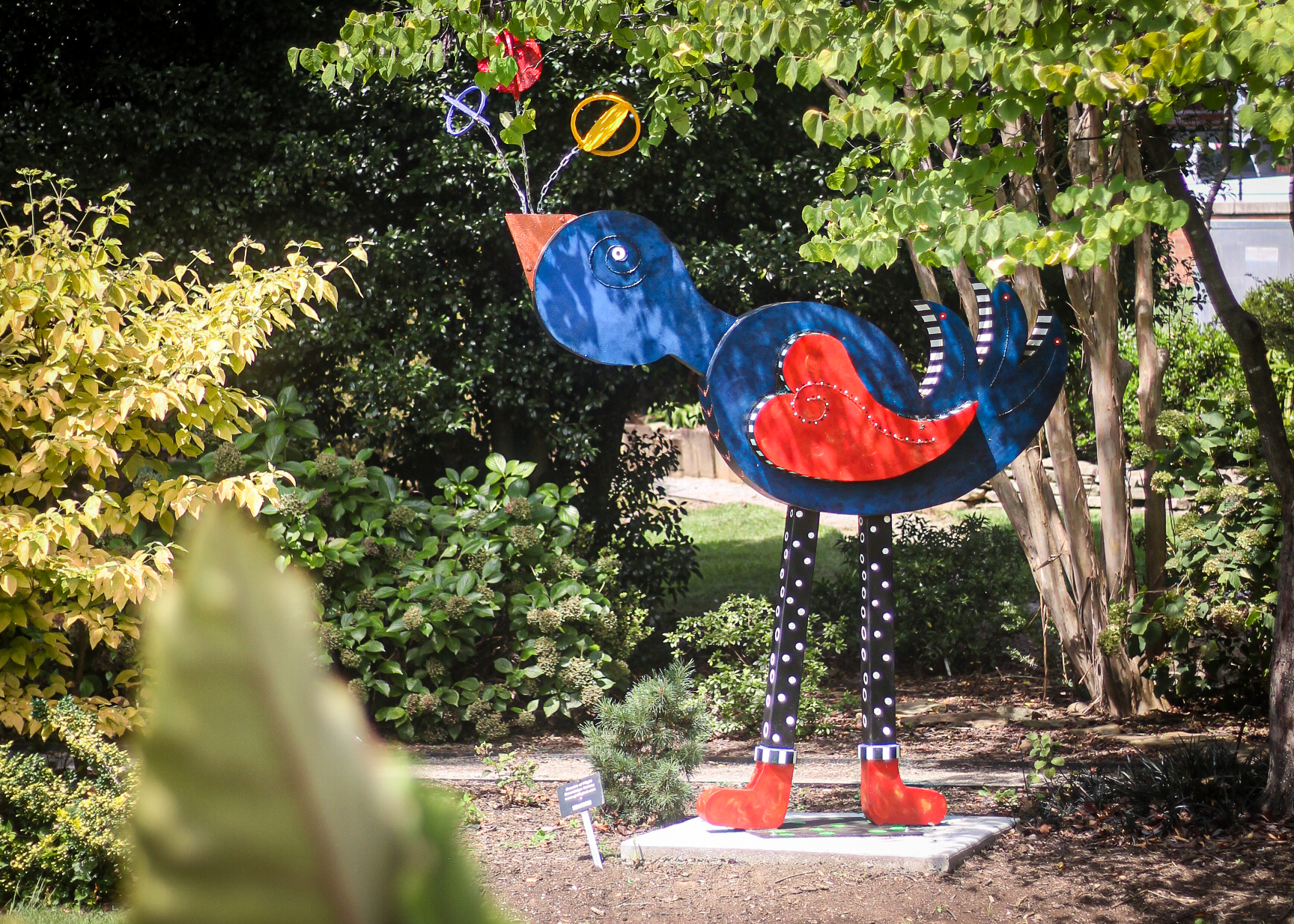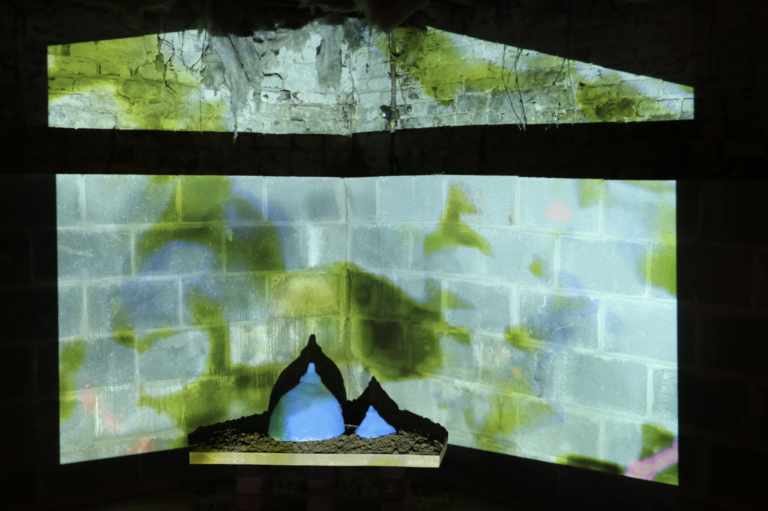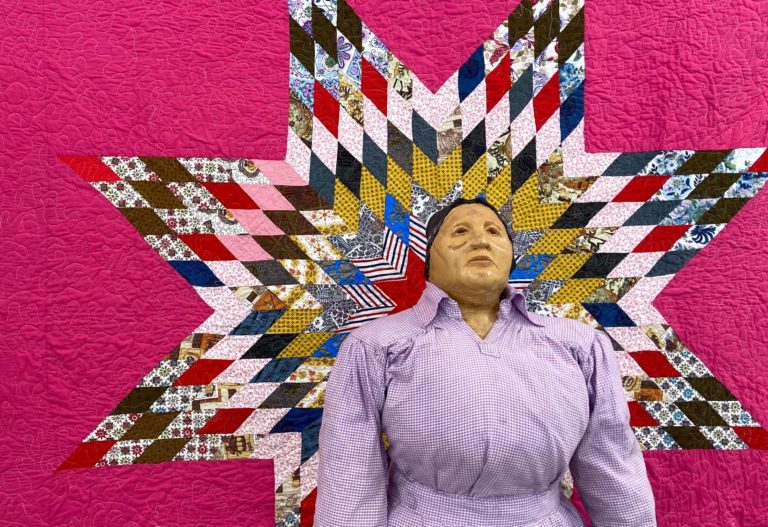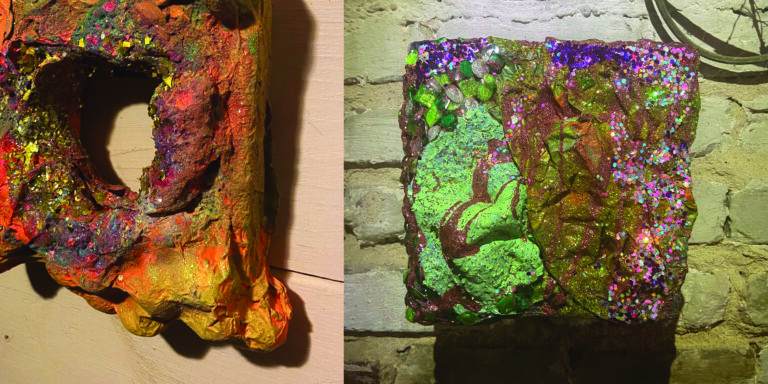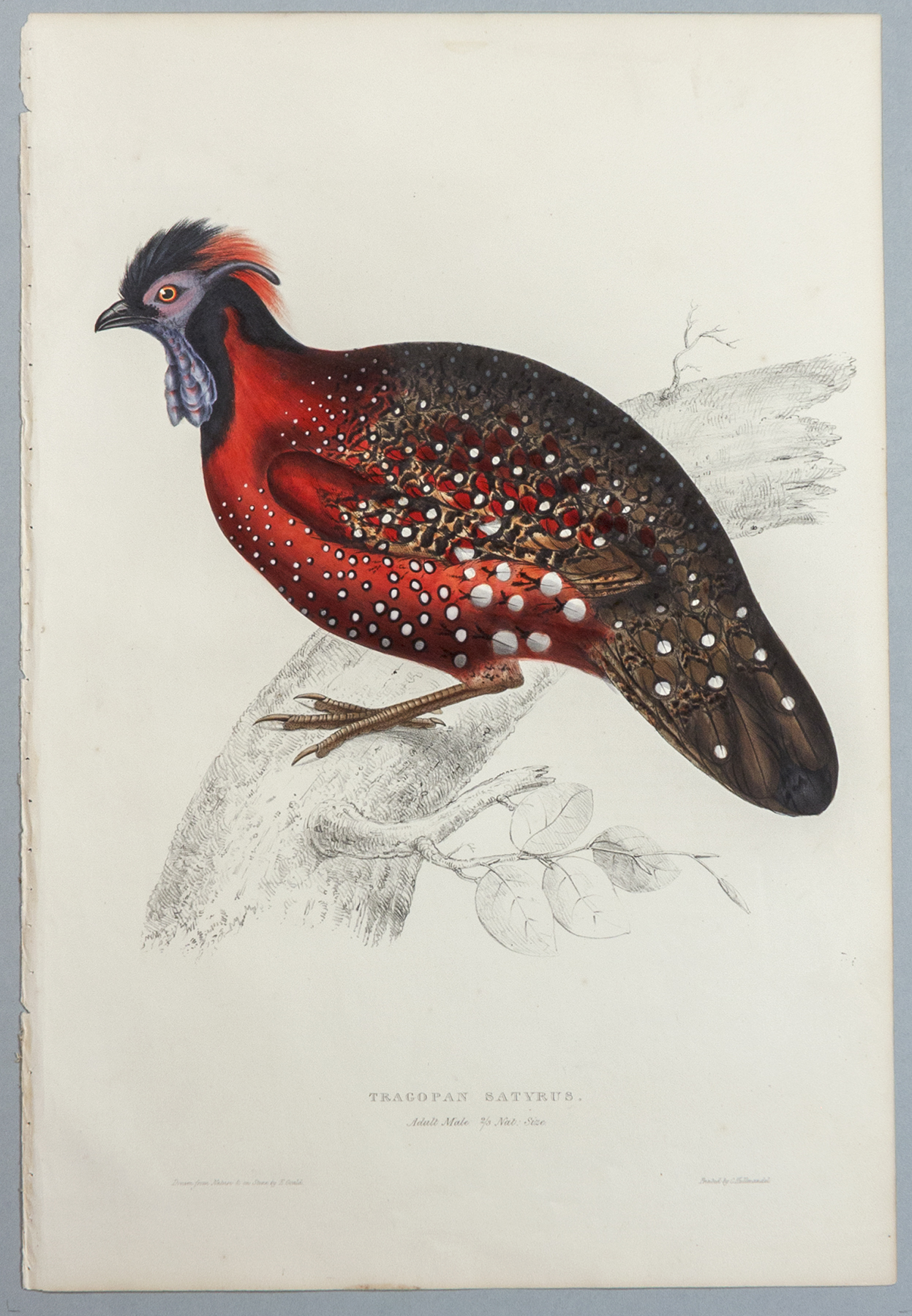
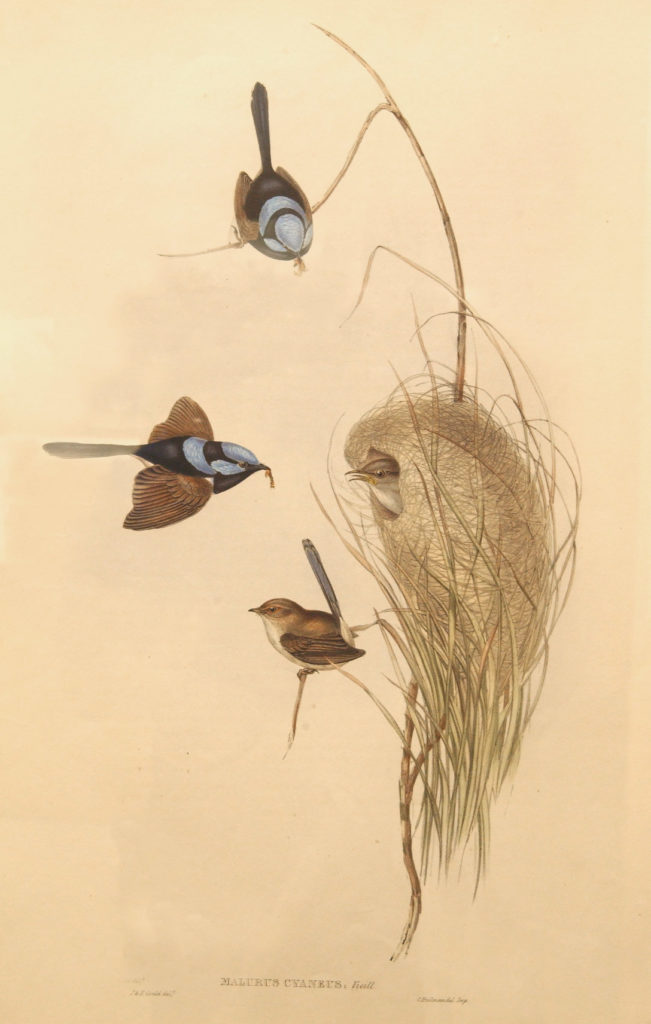
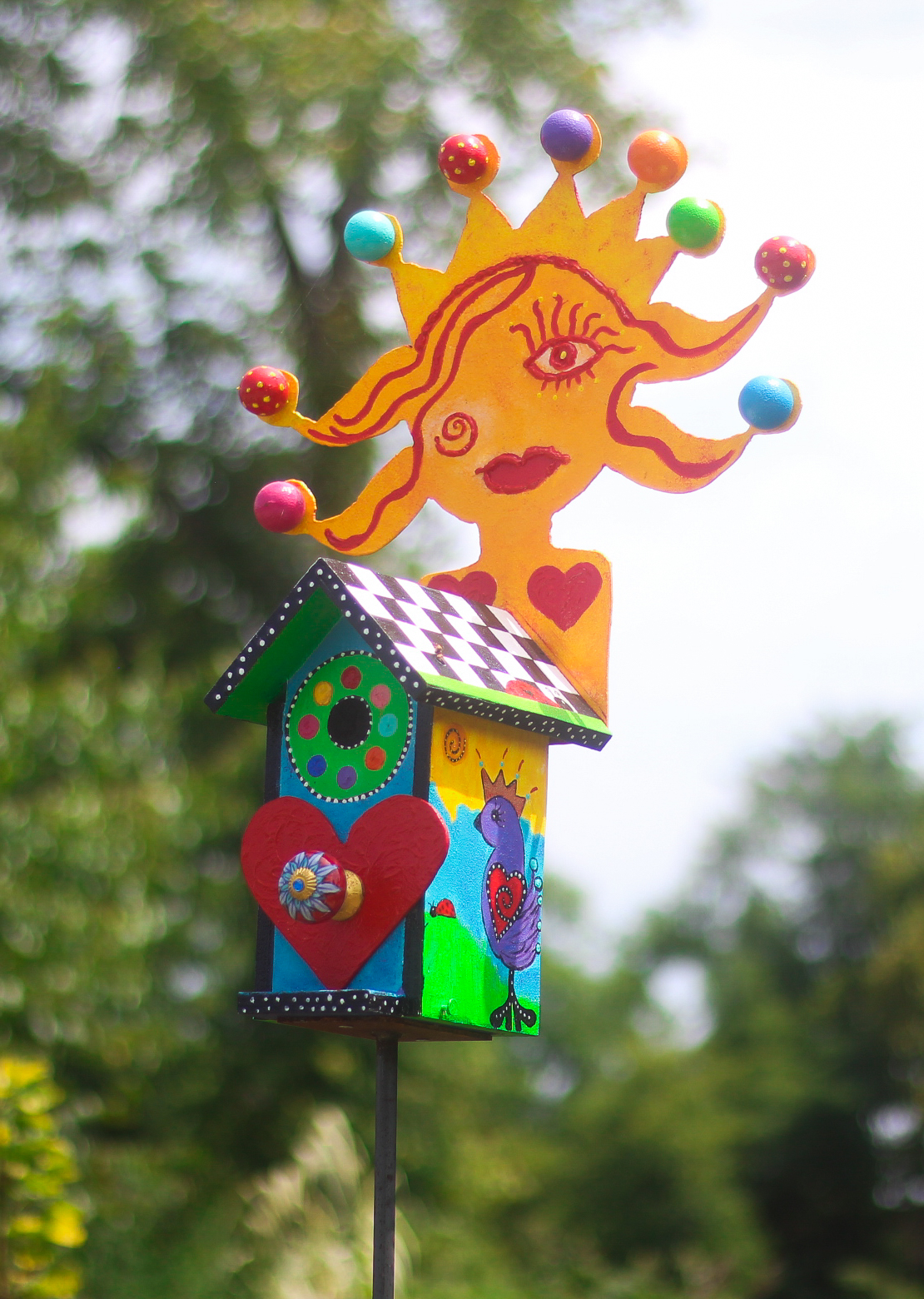
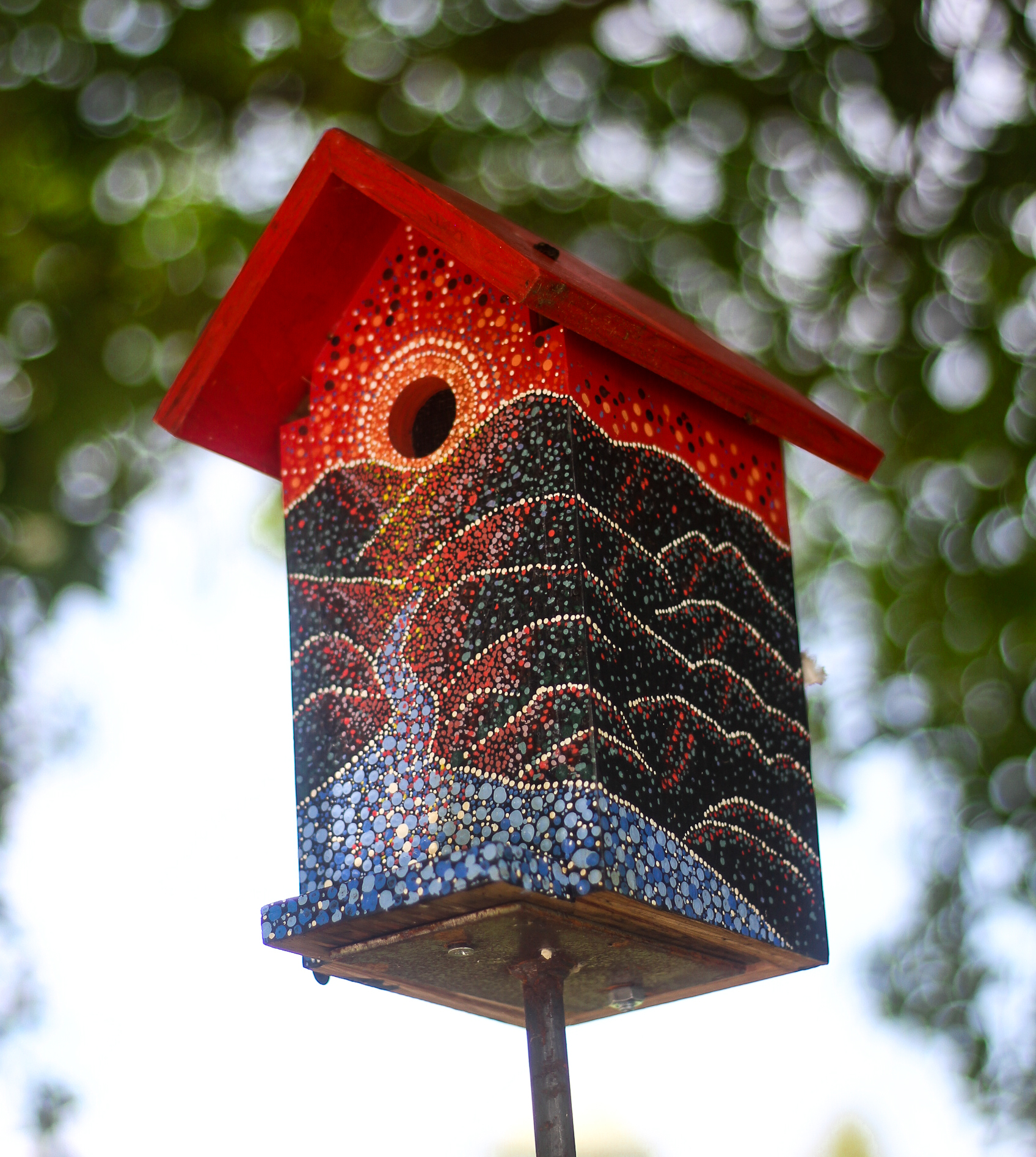
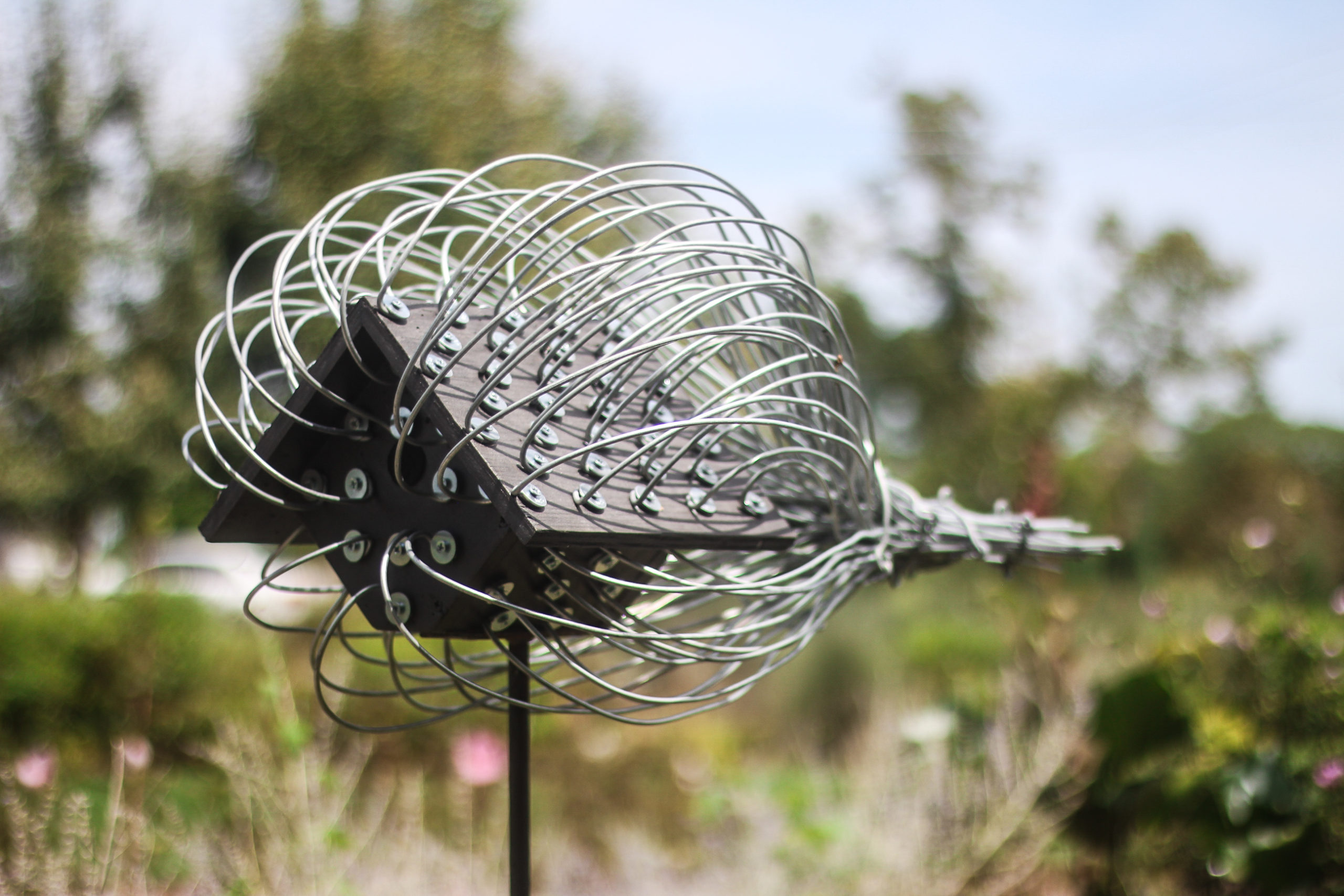
Written by Sadie Kimbrough
Edited by Lynda Sleeter
“Put a bird on it,” chant the characters in the sketch show Portlandia, mocking the trendiness of bird-themed decor in modern boutiques and Etsy shops. The skit pokes fun at the cultural phenomenon of birds in the art world.
The flying creature is an all too familiar motif in art and media. Birds may symbolize freedom and transcendence in an oil painting or psychological torture in a Hitchcock film. Even Phoenix is named for one of the most common avian tropes in literature.
In Tennessee, we see birds everywhere, whether they be rambunctious geese along the river or simple backyard cardinals. If you’re looking for artistic inspiration, it’s not difficult to be charmed by the prevalence of feathers and beaks.
The current exhibition at the McClung Museum of Natural History & Culture exemplifies this ubiquity. “Between the Hand and Sky” features the work of British illustrator Elizabeth Gould and provides insight on how “bird art” initially took flight 200 years ago.
In the early 19th century, Gould set the stage for ornithological illustration. Best known for her hand painted lithographic prints of taxidermied birds, she possessed mastery in a field she lacked invitation to as a woman.
When Gould’s husband, a well-known taxidermist, planned to publish over 100 hand-colored lithographs of his birds, she asked who would assume those artistic responsibilities. John replied, “Why you, of course.”
Despite Gould’s extensive handiwork, her husband discredited her work and for many years, she remained inadequately represented in the world of scientific illustration. The pieces on display at McClung showcase the elegance and sophistication of Elizabeth Gould’s work, not as an assistant or wife, but finally, as an artist in her own right.
Nearly 200 years after the publication of Gould’s work, bird art maintains its relevance, not just in science but in both ornament and function.
The birdhouse has existed in Western culture for centuries, whether it takes the form of a man made tree cavity or an elaborate cage. This summer, Knoxville artists extended this tradition to raise money for the UT Gardens, our official state botanical garden.
The 2021 Art in the Gardens Project features dozens of birdhouses decorated by local artists: young and old, amateur and professional. “Home Sweet Home: A Birdhouse Exhibit” draws attention not only to the creative achievements of the artists, but to the vibrancy and verdancy of the gardens themselves.
The centerpiece of Gwendy Kerney’s “Birdhouse of the Rising Sun” is a one-eyed sun goddess made of metal and decorated with acrylic paint. The bright hues of orange, red, and blue mesh beautifully with the surrounding green trees. Kerney accurately describes her piece as “joyful fun.”
Near the central gazebo sits one of the most intricate birdhouses in the gardens. James M. Cantu’s piece, “an experiment in dot painting,” represents the Smoky Mountains, featuring a speckled blue river descending layers of mountainous terrain.
Some artists take a more offbeat approach, like Michael B.R. Smith’s brainchild “Space Bird,” which depicts a birdhouse “experiencing an atmospheric entry process.” The metal assembly includes 210 feet of 9 gauge steel wire, despite only measuring about 3 feet in length.
The birdhouses will be sold through an online auction with all proceeds benefiting the UT Gardens. Bidding starts on Monday, September 13 and ends on Wednesday, September 22. The “Home Sweet Home” exhibit is available to the public until the end of the auction.
Although the Portlandia sketch is rich in sarcasm, birds absolutely continue to intrigue us in our books and backyards. Perhaps you can’t just slap a canary on a canvas and call it art, but current Knoxville exhibitions prove that with intention and whimsicality, you can definitely put a bird on it.
Photography by Sadie Kimbrough


